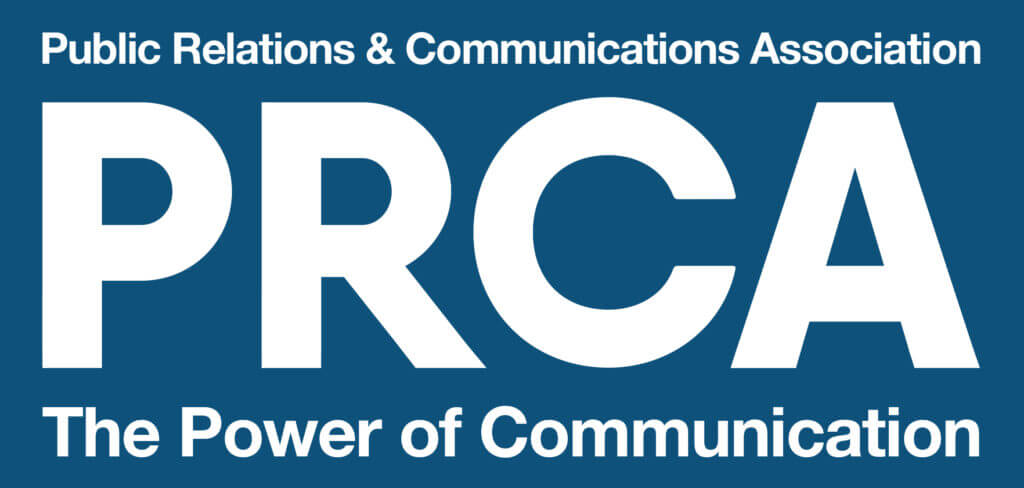Our aim is to create awareness of our clients, their products and services, and to position them as thought-leaders with strong opinions so that their current and future customers have no choice but to sit up and take notice of them. All our online communication tactics have one common purpose – to create meaningful customer touch points that ultimately affect the bottom line.
The drivers to make content compelling and consumable are fairly straightforward, but to translate the complex technology or services our clients offer into digestible, easy-to-understand bite-size pieces is not.
Digital communication calls for a deep understanding of the client’s strengths and weaknesses, awareness of the possible risks involved in amplifying a specific message and knowledge of the industry. An excellent digital communicator is able to marry this awareness with the right digital tools to garner interest, click-throughs, real sales and long-term partnerships with new customers.
Recent industry conferences attended by the DUO team focused on the digital economy and the happily disrupted customer’s eagerness to utilise these digital tools. The panel discussions highlighted some of the key factors required to succeed in the on-demand economy where customers are after convenience and simplicity.
A couple of the key elements required to succeed with a new product or service in a digitally disruptive world, such as an app or device, can also apply to the creation of successful online campaigns.
According to the experts, when developing a digital product, it’s key to consider the ecosystem and to ensure that every partner receives value. Businesses have to find a core competency and need to translate it into a value offering that benefits all the partners in the ecosystem. In communication, we need to know our target audience, the content they’re after and how they consume it. The next step is to tailor the content and platform for the audience and we usually find that we can connect with our audience through various platforms, therefore using the right ones are critical.
In the always-on era, it’s important for digital products to have one specific use case, whether it is offering a niche service or solving a problem that’ll make someone’s life better. In communication, it’s important to ask why, what, how and to whom we’re communicating. The ‘what’ messages need to be compelling as they have to spur the audience into action. Often in the B2B space, it’s about fulfilling a customer’s need state or offering a solution to a pain point that a customer is experiencing.
Other crucial factors that can ensure success for a new digital tool are shrewd business strategies and speed to market. How fast a solution is delivered can give a business a competitive edge. With digital communication, an integrated strategy is critical as all online assets, whether earned, owned, paid or shared need to deliver the same proposition simultaneously and timeously.
The last piece of advice from the panel of experts was to listen to customers. If the current solution works and customers are using it, don’t change it too much. More often than not, customers are after a straightforward, simple and easy message that will give them a reason to believe in the client’s product or solution. In communication, it is usually the most simplistic and succinct message that has the biggest impact.
Many industries are in the digital disruption firing line and many more will be hit more than once. In an online world it isn’t the big businesses that tower over the small ones, but rather the fast ones that overtake the slow ones.
As PR consultants, we’re no longer media relationship experts, but digital communication champions. We have to not only upskill ourselves to communicate socially with limited characters at our disposal and through valuable online campaigns, but to also measure, learn, tweak and improve our strategies. The onus is on us to confidently report on results, whether effective or nominal, and to consult with our clients on how to improve on digital strategies so that they truly show a return on investment.


